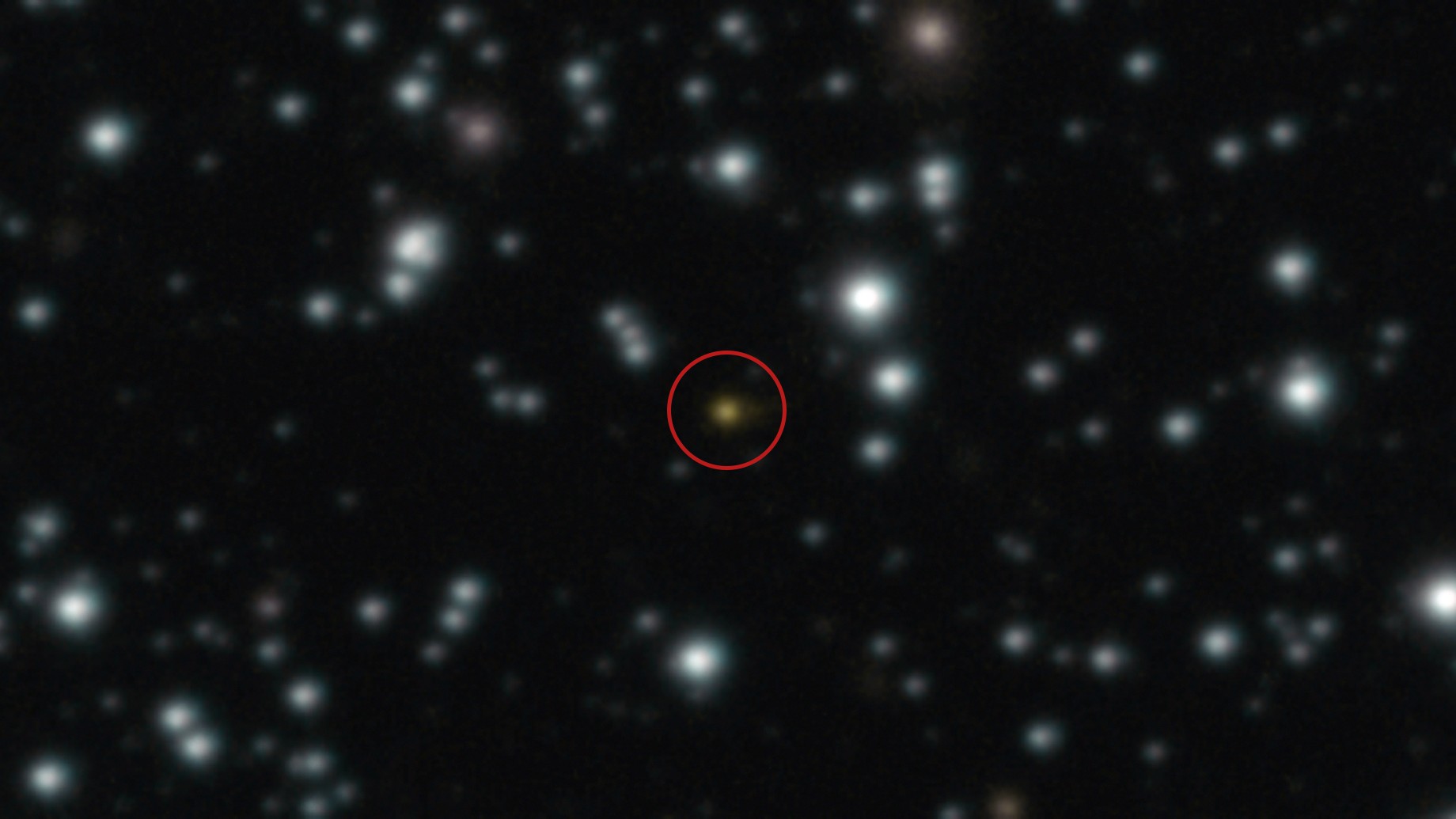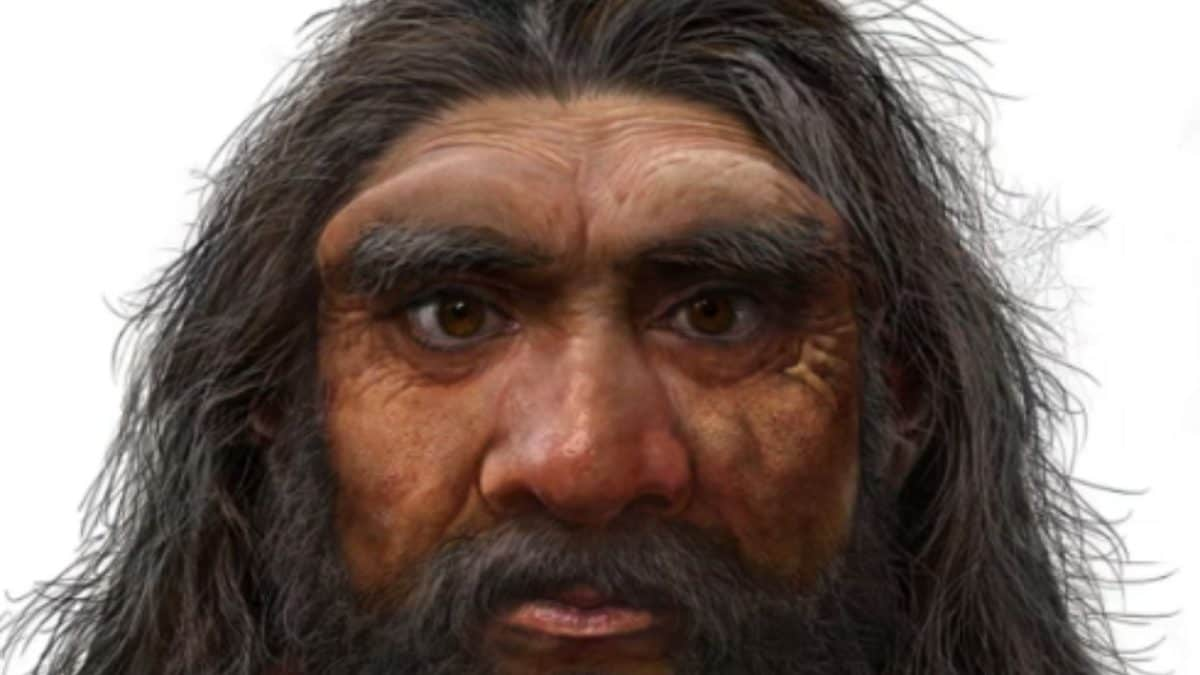Astrophysical Phenomena: A New Perspective on Neanderthal Extinction

A new study emerging from the University of Michigan has reignited a long-standing and contentious debate regarding the extinction of Neanderthals, proposing that astrophysical phenomena may have played a pivotal role in their demise. In a groundbreaking paper published in Science Advances, space physicist Agnit Mukhopadhyay presents a compelling hypothesis suggesting that a dramatic shift in Earth’s magnetic poles approximately 41,000 years ago, during an epoch known as the Laschamp event, significantly weakened the planet’s magnetic field. This weakening, Mukhopadhyay argues, permitted harmful cosmic radiation to penetrate deeper into the Earth’s atmosphere, potentially creating inhospitable living conditions for Neanderthals. In contrast, modern Homo sapiens, equipped with superior clothing and shelter technology, may have found themselves more capable of enduring these new environmental challenges, thereby securing an evolutionary advantage that contributed to the eventual extinction of Neanderthals.
This fresh perspective on human history offers a radically novel explanation for the decline of Neanderthals. Mukhopadhyay's research posits that the Laschamp geomagnetic event—characterized by a reversal of Earth’s magnetic poles—led to an increase in cosmic and ultraviolet radiation levels reaching the surface of the planet. Such heightened radiation levels could have provoked severe environmental conditions that Neanderthals, lacking adequate protective gear, struggled to survive. In contrast, Homo sapiens, presumably better adapted through advances in clothing and shelter, may have been better positioned to cope with these profound changes in their environment.
While Mukhopadhyay’s theory challenges traditional narratives that focus primarily on cultural and behavioral limitations of Neanderthals, it aligns with a broader scientific consensus on the significance of Earth’s magnetic field in safeguarding life on our planet. However, critics of Mukhopadhyay’s hypothesis contend that it oversimplifies the multifaceted nature of the extinction event. They argue that the real inquiry should involve integrating astrophysical theories with other contributing factors, such as interspecies competition, climate change, and advancements in technology.
Agnit Mukhopadhyay’s reconstructions illustrate possible transformations in the Earth’s magnetic field throughout the Laschamp event, when the north and south poles shifted dramatically.
Despite the intriguing implications of this research, the debate surrounding Neanderthal extinction continues to unfold. Mukhopadhyay emphasizes that it is likely the extinction event was not attributable to a singular cause. The Laschamp event, he suggests, was not merely a polar shift; it had potentially dire ramifications for life on Earth. Nevertheless, the proposition that solar radiation alone could have precipitated the end of the Neanderthals raises important questions. After all, other species, including Homo sapiens, were also exposed to similar cosmic rays and ultraviolet radiation, yet they did not meet the same fate. This leads to the query: could the Neanderthals’ extinction have resulted from a convergence of environmental stress, technological disadvantages, and various other factors?
One of the more contentious aspects of Mukhopadhyay’s theory is the assertion that Neanderthals lacked the technological means to create clothing, rendering them vulnerable to solar radiation. While there is no definitive evidence of Neanderthals utilizing sewing needles—tools commonly associated with later human species—archaeological evidence supports the notion that they were skilled at processing animal hides. Tools such as scrapers discovered at Neanderthal sites indicate they possessed the ability to fashion protective garments from these materials. It is plausible that Neanderthals utilized alternative methods, such as bone splinters or other ligatures, to stitch hides together. This raises a critical question: was the absence of protective clothing truly the decisive factor in their extinction, or were there other, more complex influences at play?
Although Mukhopadhyay’s theory posits that Homo sapiens, with their presumed superior clothing technology, held a vital survival advantage over Neanderthals, some critics argue that it is crucial to acknowledge that Neanderthals were well adapted to cold climates and had successfully survived numerous harsh environmental conditions in the past. Could it be that clothing alone did not determine their fate? The ongoing debate remains unresolved.
Another influential factor to consider is the disparity in population sizes between Neanderthals and Homo sapiens. The smaller Neanderthal population made them more susceptible to assimilation into larger, more populous human groups. Modern genetic research indicates that Neanderthal DNA continues to persist within the human genome, suggesting that rather than experiencing complete extinction, Neanderthals were integrated into the genetic lineage of Homo sapiens. This genetic evidence implies that rather than vanishing entirely, Neanderthals contributed to the evolutionary fabric of modern humans.
Additionally, technological superiority played a crucial role in the survival dynamics between these two species. Homo sapiens exhibited advancements in tool usage, particularly with the development of projectiles and other long-range weapons. These innovations provided Homo sapiens with a distinct advantage in open environments where hunting was critical for survival. In contrast, Neanderthals were more reliant on close-range hunting strategies and were less equipped to adapt to the rapidly changing conditions of their environment.
As the complexities surrounding Neanderthal extinction continue to be explored, critics of the astrophysical hypothesis caution against oversimplifying this multifactorial issue. There is no concrete evidence supporting the argument that the Laschamp event triggered an abrupt demographic collapse among Neanderthals. Furthermore, if radiation exposure was indeed a significant factor, it stands to reason that Homo sapiens—who were also subjected to the same levels of cosmic radiation—would have experienced similarly high mortality rates. Nevertheless, archaeological and genetic records suggest that while Neanderthals faced challenges, Homo sapiens not only persisted but flourished and evolved. This leads to a pressing question: if heightened solar radiation was not a decisive factor in Neanderthal extinction, what other environmental, technological, and social variables played critical roles in their decline?
In conclusion, comprehending the extinction of Neanderthals requires an examination of the intricate interplay between various facets that contributed to their eventual disappearance. Factors such as environmental changes, technological advancements, competition with Homo sapiens, and even social dynamics must be meticulously considered in order to unravel the multifaceted causes underlying this significant event in human history.





























